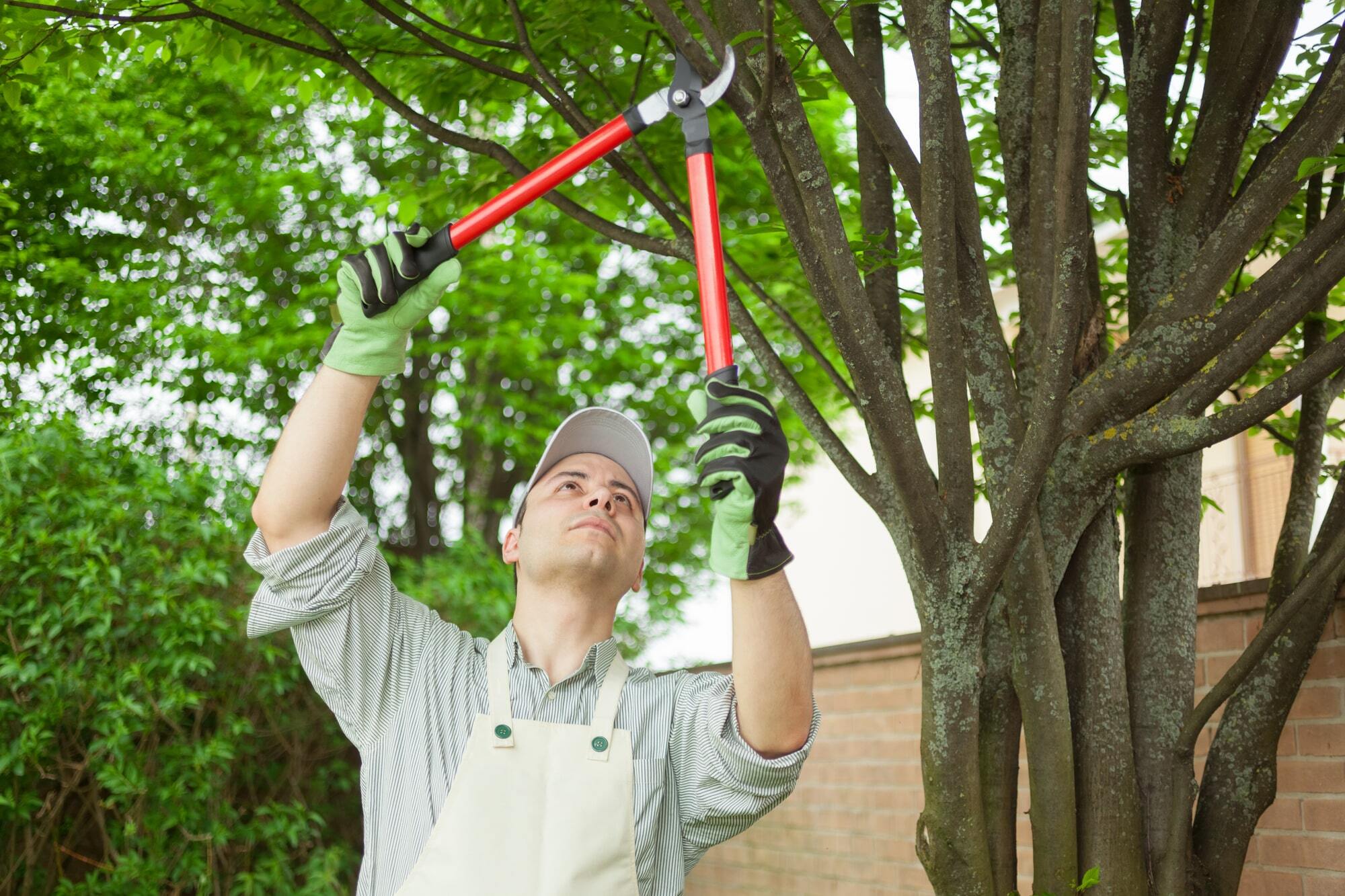| CALL US TODAY! | Mississauga (905) 625-4664 |
5170 Dixie Rd Mississauga, ON L4W 1E3 |
• | Scarborough (416) 299-4960 |
48 Continental Place Scarborough, ON M1R 2T4 |
SITE MAP |
Dos and don’ts for DIY tree care
Trees need a little help now and then to ensure they’re healthy and attractive. You can do some simple tasks yourself with the right tools. However, DIY tree care comes with risks and there are situations where you need to call a professional arborist. Here are some dos and don’ts for DIY tree care.

DIY tree care dos
Here are some easy tasks any property owner can do to keep trees healthy.
• Water your trees. The best time to water your trees is when the top 15 to 25 centimetres of soil are dry. Ensure you give the trees a good soaking so that the soil is moist at least 15 centimetres below the surface. Avoid light watering because that promotes shallow root growth. Water trees in the morning to minimize evaporation and wind drift.
• Apply mulch. Add a layer of mulch five to 10 centimetres thick around the tree up to the outermost edge of the tree’s canopy. However, keep mulch away from the trunk because that can cause the wood to rot. Mulching helps to retain soil moisture and adds vital nutrients to the soil.
• Remove broken branches. If you notice dead or broken branches that are easily accessible without needing a ladder, you can prune them yourself. A pole saw can give you better access to higher branches. However, use appropriate personal protective equipment like eyewear and gloves.
DIY tree care don’ts
There are a few tasks you should leave to professional arborists who have the tools and the training to perform them safely.
• Remove partially fallen limbs. A large limb that’s broken in a storm can fall and damage property and injure people. Tree limbs are heavy and require special tools and knowledge to remove them safely.
• Use a ladder to prune trees. Falling from a ladder is one of the most common causes of accidental death in Canada. Ladder work requires special safety equipment like harnesses, so if you’re thinking of climbing a ladder to trim your trees, call a pro instead.
• Spray pesticides and chemicals. If you notice insect infestations or diseases in your trees, don’t try to use household chemicals and pesticides. An arborist knows exactly what type of chemical to use, and — more importantly — how and when to use it.
Whatever approach you choose to establish your lawn, protect your investment by applying high-quality fertilizer and using proper watering and mowing techniques.
Landscaping equipment and lawn mowers in Toronto
At Hitch City, we carry quality tools for all your landscaping needs, from professional chainsaws, top-handle arborist saws, pole saws and stump grinders. We also carry a complete line of lawn mowers and towing hitches. Contact us today to learn more about our turf equipment.
